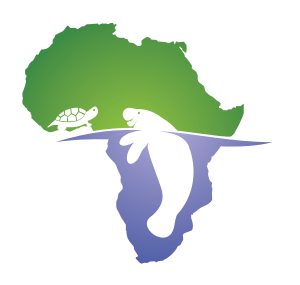Senegal: Off to the Desert!
Since my arrival in Dakar I’ve been enjoying time with my fiance, Senegalese turtle and manatee researcher Tomas Diagne, and planning logistics for future manatee work here. After 2 weeks of planning we are now ready to go into the field!
It seems funny to say we’re going to the desert to track manatees! But it’s true… In late August the last of the manatees we tagged in the Senegal River this past January moved into a tributary near the town of Wendou Kanel, in easternmost Senegal at the border with Mauritania. Aside from the river itself, this is a very dry, sandy landscape with few trees at the edge of the Sahel. We’ve received reports that the tagged manatee is part of a big group regularly being seen in the tributary, and that mating activity has been observed (manatee mating is a group activity with many males pursuing a female… usually tails and backs can be seen flailing at the surface of the water as they all clamber to reach the object of their desire!). This is a good opportunity to see manatee behavior and document the number of animals using this tributary, as well as a chance to discuss the situation with the local people.
The rainy season is still in full swing here so there’s plenty of water in the tributaries, but as the rain ends next month and the water starts falling, we want to ensure these manatees won’t be stuck in this area as they have been before. Like other tributaries, this one has a dam whose gates will be closed as the water falls, in order to hold back water for crops. Unfortunately manatees get stuck behind these dams and are at risk of dying before the next rainy season due to the water drying up and/or lack of food. When the dams were built no one knew the manatees used these tributaries during the rainy season (they are usually very secretive and difficult to see in the muddy water), but it has now become an ongoing problem in this region and manatees have to be moved out of the tributaries back to the main river every year (see my postings from January 2009).
So I’m interested to see this area during the rainy season and to try to get an idea of the numbers of manatees using this system. I’ll post photos and a report in a week when I return to the internet!

